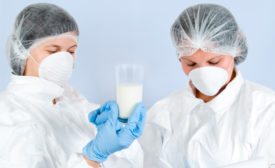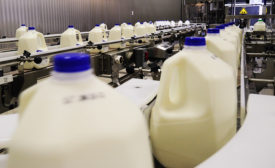Study: Food safety issues carry increasingly high risks for suppliers
While the industry’s ability to detect food-related outbreaks has increased, until traceability improves, this improved detection increases the risk of future advisories.
Read More

